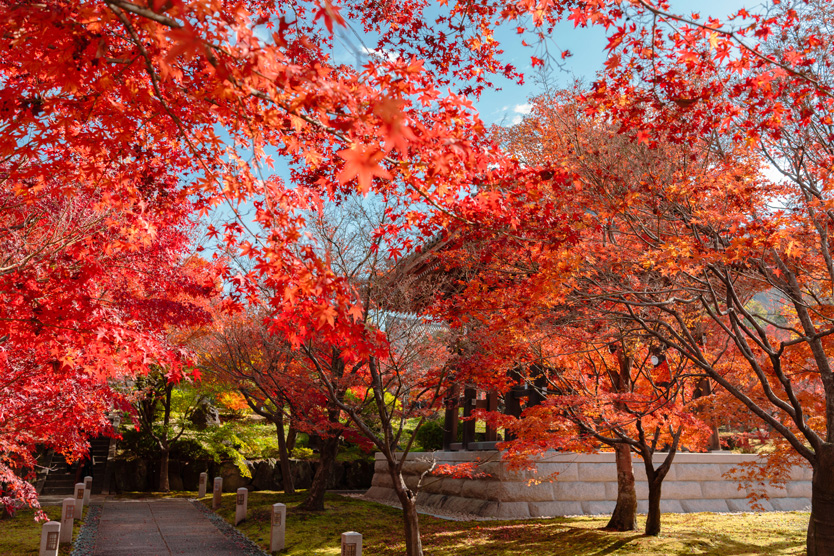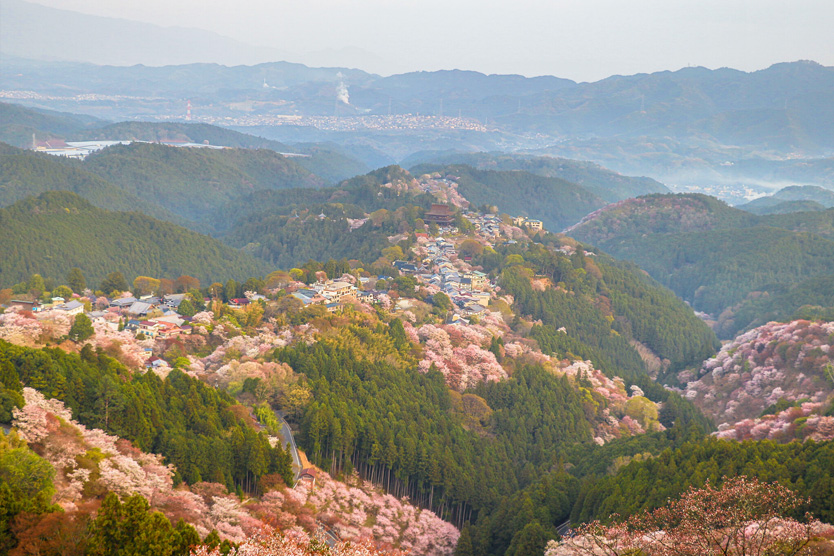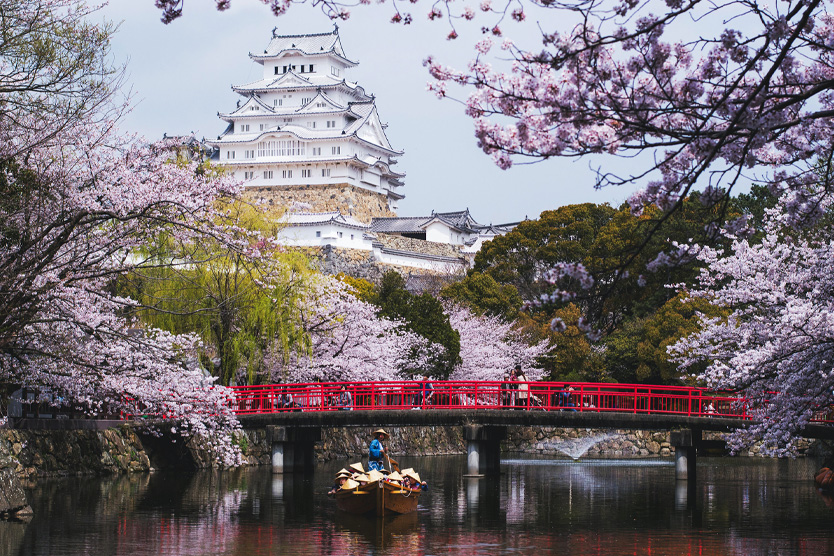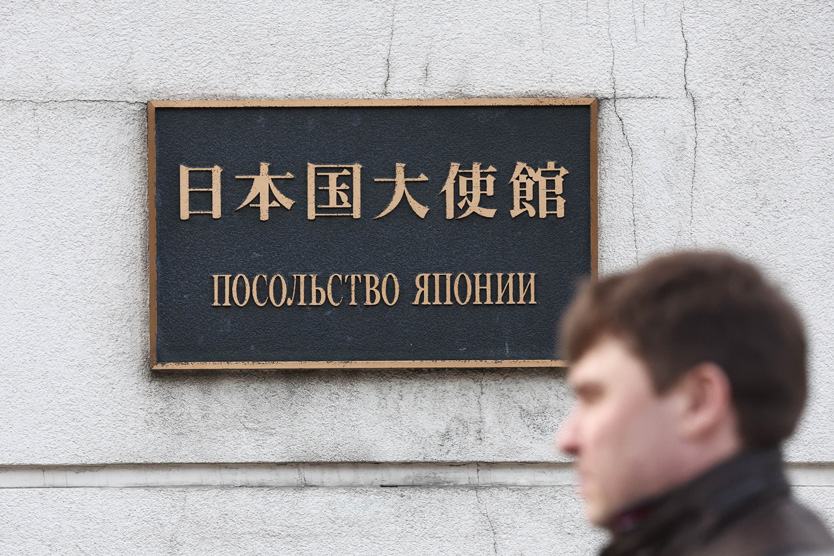Why Japan is Opening Visa Centers in Russia
The Japanese Embassy plans to open visa centers in Russia. This decision is due to a sharp increase in applications from Russian tourists: throughout 2024, they issued 51,000 visas to the Land of the Rising Sun (2.6 times more than in 2023), and by September 2025, another 60,000 are expected. In the first 9 months of this year, a record 129,200 Russians entered Japan (+104.2% year-on-year). This exceeds even pre-pandemic levels.
In mid-September, media reported huge queues for Japanese visas in Moscow: they are issued in a small room at the embassy with only a few windows, and staff are effectively working overtime. Visa centers are expected to open in early 2026, though the specific cities haven’t been announced yet. They are intended to relieve the Japanese Embassy by handling document collection, data entry, verification, and passport return. However, tourists and experts worry the situation won’t improve: it will be necessary to constantly monitor appointment slots for applications, similar to how it works with other visa centers.
Dealing with visa centers always complicates life. In Japan’s case, the visa will become paid, and processing times will increase. Without direct contact with the consulate, it becomes harder to resolve non-standard issues. Usually, everything is resolved quickly directly at the consulate, but visa centers can’t do that, so they often simply refuse to accept documents. We can only hope the visa refusal rate doesn’t increase.
Currently, visas can only be obtained at the Japanese Embassy or Consulate. This requires collecting a set of documents and personally submitting them to staff (no earlier than 3 months before the planned trip). This is free. The busiest seasons are spring, when everyone travels to the Land of the Rising Sun for cherry blossoms, and autumn, the Momiji season. This is what the Japanese call admiring maple leaves as they turn red.

What to See in Japan
Cherry Blossom Locations
Mount Yoshino
This is perhaps the most popular spot among tourists visiting Japan in spring to admire cherry blossoms. It’s said the first trees on Mount Yoshino’s slopes were planted over a thousand years ago. Today, there are 30,000 of them. The blooming season begins in late March.

- Mount Yoshino has many ancient temples and shrines, including the Buddhist complex Kinpusen-ji, built in the 7th century. Its center is the Zaō-dō Hall, one of Japan’s largest wooden structures.
- In Yoshino town, you can walk along tourist trails and relax in hot springs. It’s best to stay overnight for this.
Himeji Castle
Also known as the White Heron Castle – it’s truly white, and its architectural elements resemble bird wings. It’s a UNESCO World Heritage Site and one of the few Japanese castles preserved in their original state. Its grounds have 1,000 cherry trees. The first flowers usually appear in late March.

- You can enter the main part of the castle and walk along the fortress walls, which offer views of all Himeji and the surrounding area.
- At the fortress’s base is a small stone called “ubagaishi,” meaning “old woman’s stone.” Legend says a poor resident of Himeji carried it to the castle, inspiring others to follow her example when builders lacked materials to finish the work.





